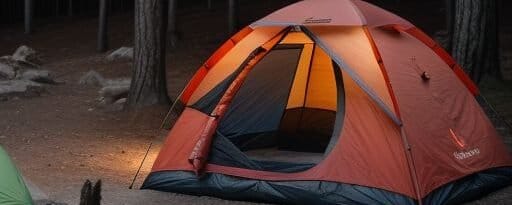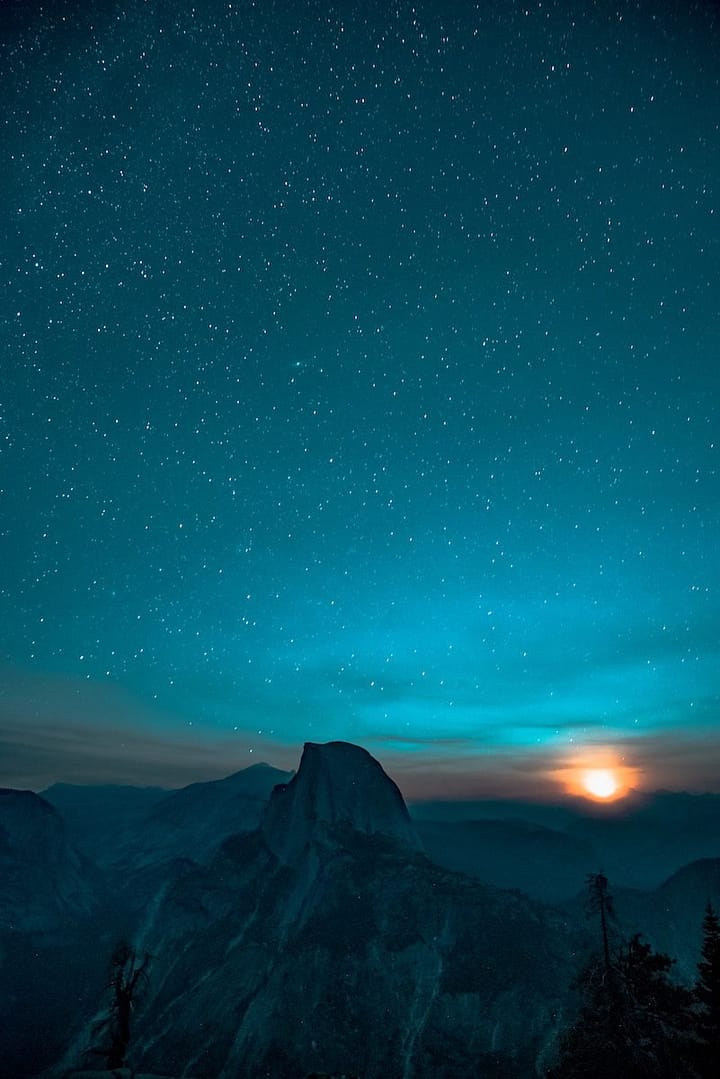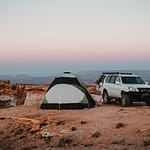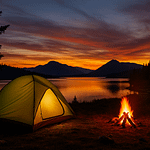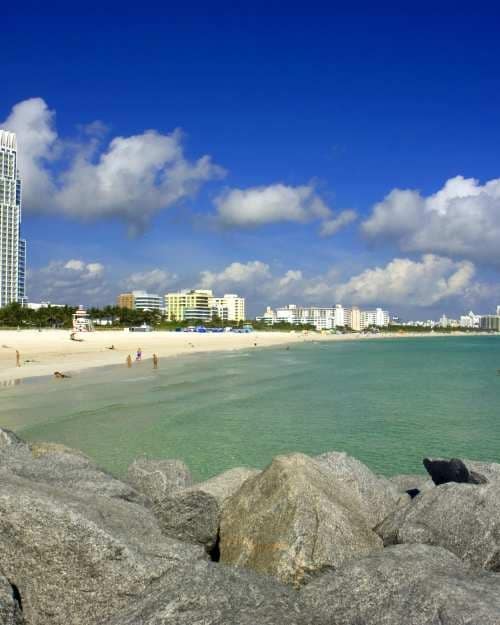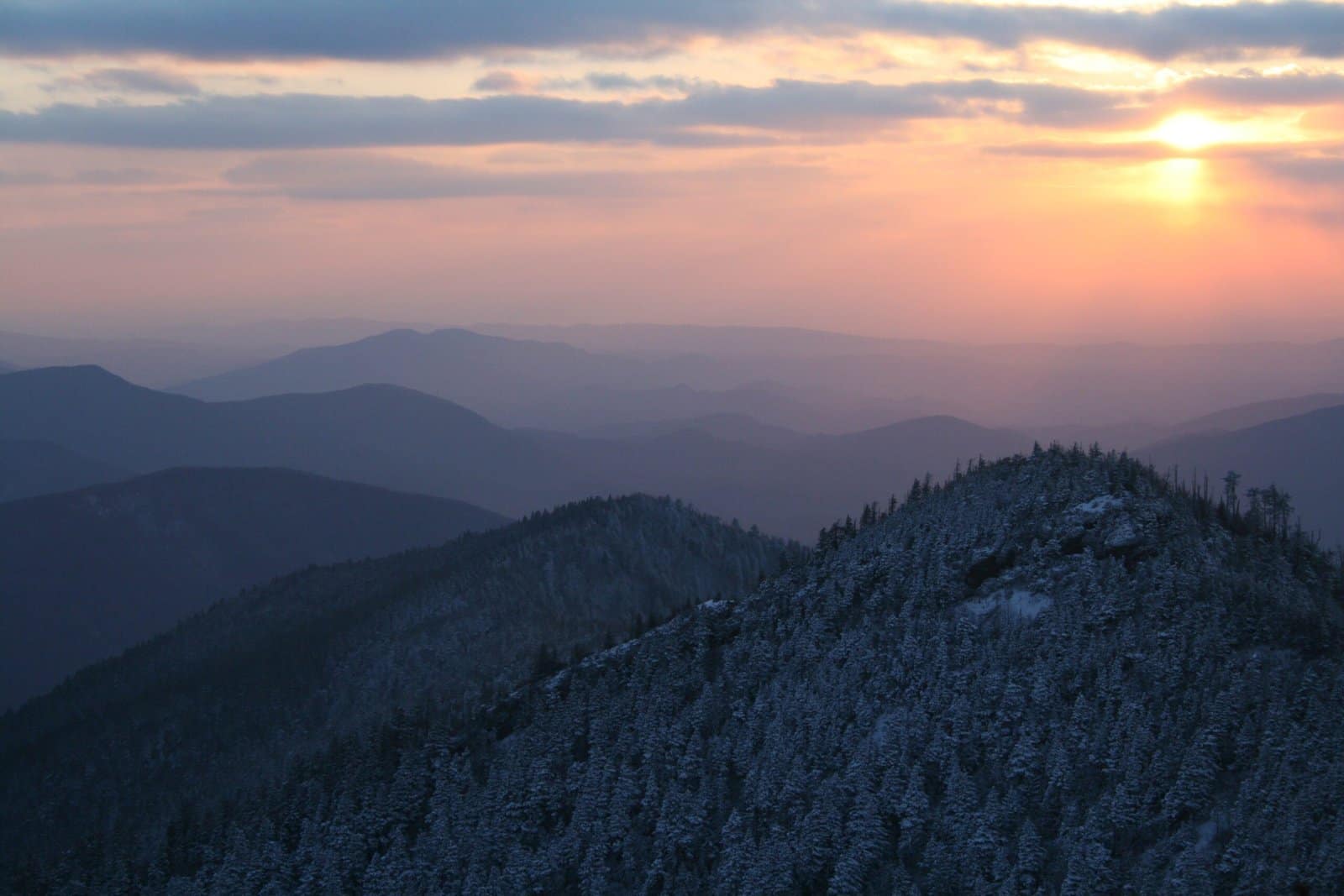Camping in National Forests FAQ
Q: Where can I find information about camping in National Forests?
A: The best way to find information about camping in National Forests is to visit the website of the specific National Forest you are interested in. They usually have a section dedicated to camping and will provide all the necessary information, including rules and regulations.
Q: Are there designated campsites in National Forests?
A: Yes, there are designated campsites in National Forests. These campsites usually have facilities such as fire rings, picnic tables, and sometimes even restrooms. However, there are also dispersed campsites available for those who prefer a more remote camping experience.
Q: Where can I find Bureau of Land Management (BLM) land for camping?
A: To find BLM land for camping, you can visit the BLM website or use tools such as Google Maps. The BLM website provides information about the different areas of BLM land and whether they are open to dispersed camping. Google Maps can also be useful in locating BLM land near your desired camping location.
Q: Is camping in National Forests completely free?
A: Camping in National Forests is usually free, especially if you choose to camp in dispersed campsites. However, some campgrounds may charge a fee for amenities such as electrical hookups or if they are managed by private organizations.
Q: What are the best dispersed camping areas in National Forests?
A: The best dispersed camping areas in National Forests vary depending on your location and personal preferences. It is recommended to do some research and explore different areas to find the ones that suit your needs and preferences the best.
Q: Are all National Forests open to dispersed camping?
A: Not all National Forests are open to dispersed camping. It is important to check the rules and regulations of the specific National Forest you plan to visit. Some areas may have restrictions or be closed to dispersed camping due to conservation efforts or other factors.
Q: Where can I find the nearest BLM field office?
A: You can find the nearest BLM field office by visiting the BLM website and using their office locator tool. This will provide you with the contact information and address of the nearest BLM field office where you can obtain more specific information about camping on BLM-managed lands.
Q: Can I camp wherever I want on public land?
A: While dispersed camping and boondocking allow you to camp on undeveloped public land, there are still rules and restrictions in place. It is important to familiarize yourself with the specific regulations of the area you plan to camp in to ensure you are following the guidelines and not causing any harm to the environment.
Q: Are there any areas where camping is not allowed on public land?
A: Yes, there are areas where camping is not allowed on public land. These areas are usually marked as “no camping” zones or may have specific regulations in place. It is important to respect these restrictions and find alternative camping locations where camping is permitted.
Q: Can I camp in developed campgrounds on BLM-managed lands?
A: Yes, you can camp in developed campgrounds on BLM-managed lands. These campgrounds often have facilities such as restrooms, fire rings, and picnic tables. However, they may charge a fee for camping in these developed areas.
Guidelines for BLM camping
BLM camping offers outdoor enthusiasts the opportunity to explore public lands while immersing themselves in nature. However, campers must adhere to certain guidelines to ensure a safe and enjoyable experience. Firstly, it is crucial to research and identify designated campsites on BLM land. These sites are specifically designated for camping and provide amenities such as picnic tables, fire rings, and restrooms. If camping in a developed BLM campground, it is important to follow all posted rules and regulations regarding campfires and camping etiquette. In dispersed camping areas, where campgrounds are not available, campers must adhere to the principle of “leave no trace.” This means campers should bring everything they need and take everything they brought, leaving the campsite as they found it. Respect for the land and fellow campers is key. Campfires should be built only in designated fire rings, and it is crucial to ensure they are fully extinguished before leaving. Additionally, campers should be aware of any fire restrictions or warnings in effect and comply accordingly. Finally, it is essential to be mindful of the environment and practice responsible outdoor recreation. BLM camping is a great way to connect with nature and enjoy the beauty of our public lands, but it’s important to remember that camping means embracing our role as stewards of the land. By following these guidelines and respecting the regulations put in place, campers can have a memorable and responsible experience in the great outdoors.
Best gear for BLM camping
When it comes to BLM camping, having the right gear is essential for a successful and enjoyable experience. One of the first things to consider is a reliable campfire cooking set, as cooking over an open flame is a common activity in BLM camping. A portable grill or cooking grate can help enhance your meals while ensuring safety and minimizing impact on the environment. Additionally, having a sturdy tent and comfortable sleeping bag is crucial for a good night’s sleep in the wilderness. BLM camping often allows campers to camp for free on public land, including national forests. Therefore, having a lightweight and easy-to-set-up tent will make your experience more convenient. Furthermore, since BLM camping provides the opportunity to camp for free, it is important to have sufficient food and water supplies. A good quality cooler or camping stove is indispensable for storing and cooking food. Additionally, a water filtration system or water purification tablets can ensure you have access to safe drinking water. Finally, being prepared with proper clothing and footwear is essential for navigating the diverse terrain of public lands. Durable hiking boots, lightweight and moisture-wicking clothing, along with a waterproof jacket, can help keep you comfortable and protected. In conclusion, equipping yourself with the best gear for BLM camping will enhance your experience in the outdoors, allowing you to fully enjoy the beauty of public lands and the freedom of camping.
Be a Better Camper Every Time
In order to be a better camper every time, it is essential to step outside the confines of the ordinary and venture off the beaten path. True camping enthusiasts know that the real essence of camping lies in exploring new and uncharted territories. It is in these untamed realms that one can truly connect with the beauty of nature and experience the untouched wilderness. As tempting as it may be to stick to familiar camping spots, it is through pushing our boundaries and seeking out new adventures that we grow as campers. Getting off the beaten path not only presents us with thrilling challenges but also allows us to discover hidden gems that often go unnoticed by the masses. When we venture beyond the well-trodden trails, we have the opportunity to immerse ourselves in solitude and serenity, away from the crowds and distractions of urban life. Moreover, being a responsible camper means respecting and preserving the natural environment we so cherish, and by exploring off the beaten path, we minimize the impact on popular camping areas. So, whether it is a hike to a remote mountain peak, a canoe trip through uncharted waters, or a backpacking expedition in a little-known national park, let the spirit of exploration guide you. Embrace the unknown, tread lightly, and be a better camper every time you step foot in the wilderness.
Developed Campgrounds vs. Dispersed Camping
Developed campgrounds and dispersed camping are two contrasting options for outdoor enthusiasts seeking to connect with nature. Developed campgrounds, sometimes referred to as established campgrounds, are equipped with organized campsites that provide amenities such as picnic tables, fire pits, and access to potable water and restroom facilities. These campgrounds are often managed by government agencies, private businesses, or non-profit organizations. They offer a structured and regulated environment, ensuring a level of safety and comfort for campers. On the other hand, dispersed camping entails setting up camp in unestablished areas on public land, often managed by agencies like the Bureau of Land Management (BLM). Unlike developed campgrounds, dispersed camping does not offer designated campsites or amenities. Instead, campers must rely on their own resources and skills to find suitable spots and set up camp. While it allows for a greater sense of solitude and exploration, dispersed camping carries a higher responsibility for campers to minimize their impact on the environment. It is crucial to follow the principles of Leave No Trace, such as packing out all trash and avoiding damaging vegetation. Furthermore, dispersed camping on BLM land often includes additional regulations, such as length of stay limitations and restrictions on campfire usage to prevent forest fires. Ultimately, the choice between developed campgrounds and dispersed camping depends on individual preferences, with developed campgrounds providing convenience and comfort while dispersed camping offers a more immersive and self-sustained wilderness experience.
How to Find Camping Spots on BLM Land
When it comes to finding camping spots on BLM land, there are a few steps that can help make the process easier. The Bureau of Land Management (BLM) is responsible for managing vast areas of public land, including campgrounds and free campsites. To start your search, visit the BLM website and look for information on available campsites. This website often provides detailed descriptions and maps of campgrounds in specific areas. Another option is to contact the local BLM field office in the region where you plan to camp. The staff at these offices can provide valuable information about nearby campsites and any regulations or restrictions that may apply. In addition, they may have knowledge of lesser-known camping areas that offer a more secluded experience. It is important to be aware that some areas on BLM land may require permits or have specific rules in place. It is crucial to check for any necessary permits and ensure you are following all regulations. When exploring BLM land, it is also wise to have a plan B in case campsites are full. Popular camping areas can fill up quickly, so it is beneficial to have a backup site in mind or be prepared to adjust your plans accordingly. By doing a bit of research, contacting the local field office, and being aware of any permits or regulations, finding a suitable campsite on BLM land can be straightforward and enjoyable.
Recreation Areas
Recreation areas play a significant role in providing individuals with a space to unwind and engage in leisure activities. These areas serve as a crucial escape from the bustle of daily life, offering a respite where people can rejuvenate their minds and bodies. Whether it is a park, beach, or a recreational facility, these spaces are designed with the purpose of promoting physical well-being and mental relaxation. Recreation areas provide a range of activities, catering to diverse interests and age groups. For example, they may include playgrounds for children to enjoy, sports fields for team games, or trails for hiking and biking for those seeking more active pursuits. The availability of such varied recreational options not only enhances the quality of life for individuals but also strengthens communities by fostering social interaction and cohesion.
The benefits of utilizing recreation areas extend beyond personal well-being. These spaces offer an opportunity for families and friends to come together and create lasting memories. Whether it is a picnic, a game of volleyball, or a peaceful walk through a botanical garden, such leisure activities bring people closer. In a society that is fast-paced and increasingly fragmented, recreation areas serve as a common ground for individuals from different backgrounds to interact, creating a sense of unity and shared experiences. These areas also play a role in promoting a healthy lifestyle. By encouraging physical activity and providing access to amenities such as fitness equipment or sports fields, recreation areas inspire individuals to prioritize their well-being and engage in active living.
Recreation areas also contribute to environmental sustainability and conservation efforts. Many recreation areas are designed with a focus on preserving natural landscapes, biodiversity, and ecosystems. Through careful planning and management, these spaces are able to cater to recreational needs while simultaneously protecting and enhancing the natural resources within them. This ensures that future generations can continue to enjoy the benefits of these areas and fosters a sense of environmental stewardship in the community.
In conclusion, recreation areas serve as essential spaces for individuals to relax, rejuvenate, and engage in leisure activities. From promoting physical well-being and mental relaxation to fostering social interaction and contributing to environmental conservation, the value of these areas extends far beyond their immediate recreational offerings. As communities continue to grow and face the pressures of urbanization, it is vital to prioritize the development and maintenance of recreation areas to ensure a balanced and fulfilling lifestyle for individuals and a strong cohesive community. It is the responsibility of both individuals and governments to invest in and protect these spaces, recognizing the immense benefits they bring to society as a whole.
READ OUR REPORT:
